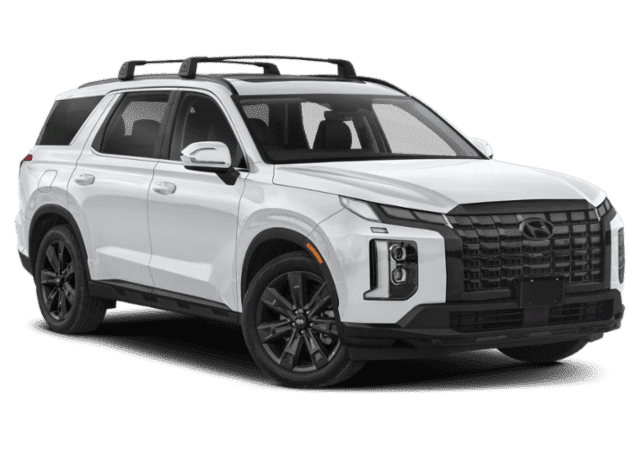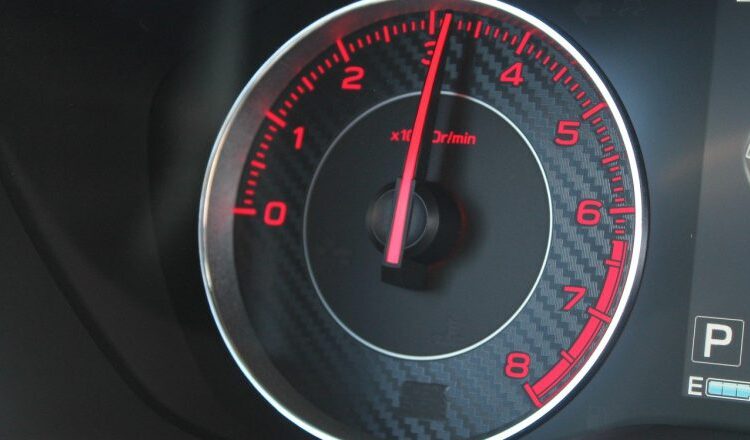
The summer season is approaching, prompting many drivers to consider purchasing new tires. With numerous tire options available on the market, the selection process can be overwhelming. We’ll guide you on making the right choice for both tires and rims to ensure optimal performance.
The proper pairing of tires and rims is crucial, as it directly impacts driving comfort, fuel efficiency, and overall safety during car travel.
The Significance of Matching Tires to Rims
Selecting the right tire for a specific rim is essential, and the consequences of mismatching can be significant. If the pairing is inappropriate, the tire is likely to wear out prematurely. Many drivers mistakenly base their tire choice solely on size, assuming that diameter is the only crucial parameter for proper wheel function. Unfortunately, this misconception often leads to accelerated tire wear.
The second-largest automobile club in the world, ADAC, conducted research that shows that an improperly matched tire can wear out up to 20% more quickly than a proper one. Furthermore, such mismatches negatively impact the functioning of ABS or ESP systems. Inappropriate tire selection for rims not only diminishes grip but also raises the risk of the car skidding.
Apart from accelerated wear, there is a loss of driving comfort. Incorrectly paired tires affect alignment, making it more challenging to control the vehicle. To ensure a safe and enjoyable driving experience, it’s essential to understand how to choose tires that are compatible with your rims.
Selecting the appropriate tire size for your rim is crucial—what factors should you consider?
On the outside of the tire, there are distinct symbols that represent tire specifications. The format is consistent across the board, such as in the example: 225/65/R17. The first number, 225, represents the tire’s width, while 65 indicates its profile. The letter R signifies the tire type (passenger cars and delivery vans typically use radial tires, denoted by the R; agricultural machines may use D for diagonal). The last digits, like 17 in this case, denote the tire’s inner diameter, measured in inches, essentially indicating its size.
Manufacturers provide guidelines allowing for the installation of various rim sizes on a car. Options may include “sixteenth” or “seventeenth” rims. The choice of tires is initially determined by this parameter. Notably, sixteen-inch rims automatically exclude the use of fifteen- or seventeen-inch tires, adhering to the manufacturer’s specifications.

Rim width and tire selection mark the beginning of the decision-making process!
The tire width is measured in millimeters, representing the distance between the tire’s sidewalls. Interestingly, this measurement always concludes with a digit ending in five, following manufacturers’ conventions to facilitate the purchase of new items.
Consulting the instructions for a new rim or referring to guidelines online provides insights into selecting tires for the purchased rims. Rims come with their own tolerance levels, allowing compatibility with various tire widths, such as accommodating both 225 and 205 widths on a single rim. However, fitting a size like 165 requires caution. Additionally, customized rims, like wide steel rims with non-standard tire dimensions, demand careful consideration.
For those with tires and a desire to purchase rims, it’s essential to understand that tire width is determined differently from rim specifications, which are measured in inches. Rim widths range from approximately 3.5 inches to a maximum of 11 inches. Special tables are available to aid in choosing the right rim, establishing the recommended ratio between tire and rim width. For instance, a 225 mm wide tire is ideally mounted on a 7.5-inch rim.
| recommended rim width (in inches) | rim width range (in inches) | tire width |
| 4.0 | 3.5 – 4.5 | 135mm |
| 4.5 | 4.5 – 5.0 | 145 – 155 mm |
| 5.0 | 4.0 – 5.5 | 165mm |
| 5.0 | 4.5 – 6.0 | 175mm |
| 5.5 | 5.0 – 6.5 | 185mm |
| 6.0 | 5.5 – 7.0 | 195 mm |
| 6.5 | 5.5 – 7.5 | 205mm |
| 7.0 | 6.0 – 8.0 | 215mm |
| 7.5 | 6.0 – 8.5 | 225mm |
| 8.0 | 7.0 – 9.0 | 235mm |
| 9.0 | 8.5 – 10.0 | 245 – 255 mm |
| 9.5 | 9.0 – 10.5 | 265mm |
| 10.0 | 9.0 – 11.0 | 275mm |
| 10.5 | 9.5 – 11.5 | 285mm |
How does the tire sidewall height impact performance?
The tire profile refers to the height of the tire’s sidewall, with the numerical value on the side indicating its height relative to the width. For instance, in a tire labeled 220/50, the sidewall dimension is 50 percent of 220 mm, equaling 110 mm. This measurement appears independent of the rim, allowing for the fitting of various profiles on rims chosen based on width and size. However, there is a crucial consideration.
When opting for a larger rim that surpasses the manufacturer’s recommendations, a substantial profile can significantly influence the comfort of driving. The tire might come into contact with the car’s structure, leading to restrictions in turning or traction. In such instances, it is advisable to select tires with a notably low profile. It is important to note, though, that such tires tend to wear out more quickly and may not be suitable for activities like off-road driving.
Interestingly, low-profile tires are also commonly employed in modified cars, where enthusiasts lower the suspension to achieve minimal ground clearance.

Keep in mind that choosing the right tire size for your rim is crucial for both winter and summer driving. Ensure each set is accurately matched, as this practice will not only save you money but also prevent unnecessary stress.































































